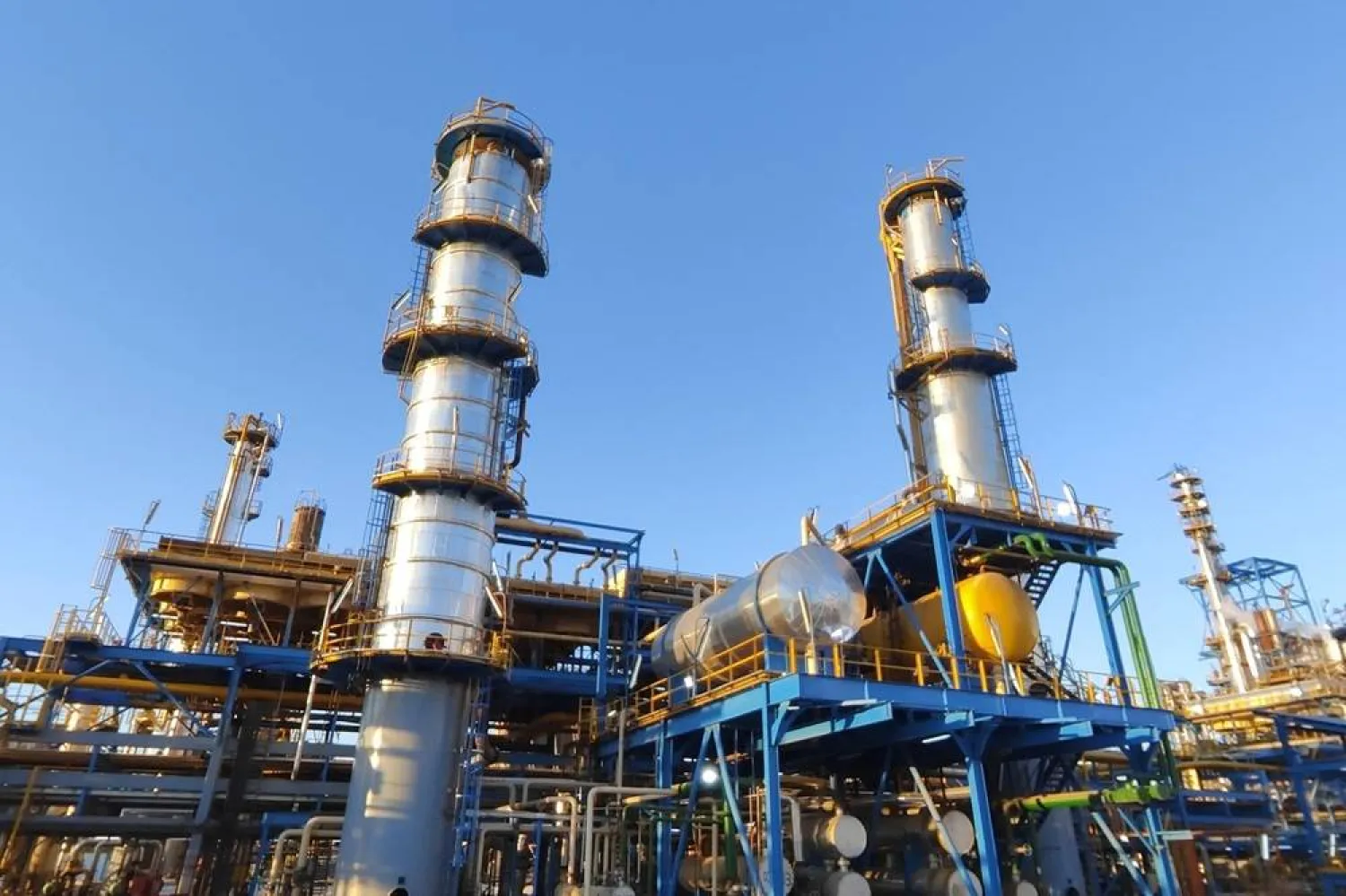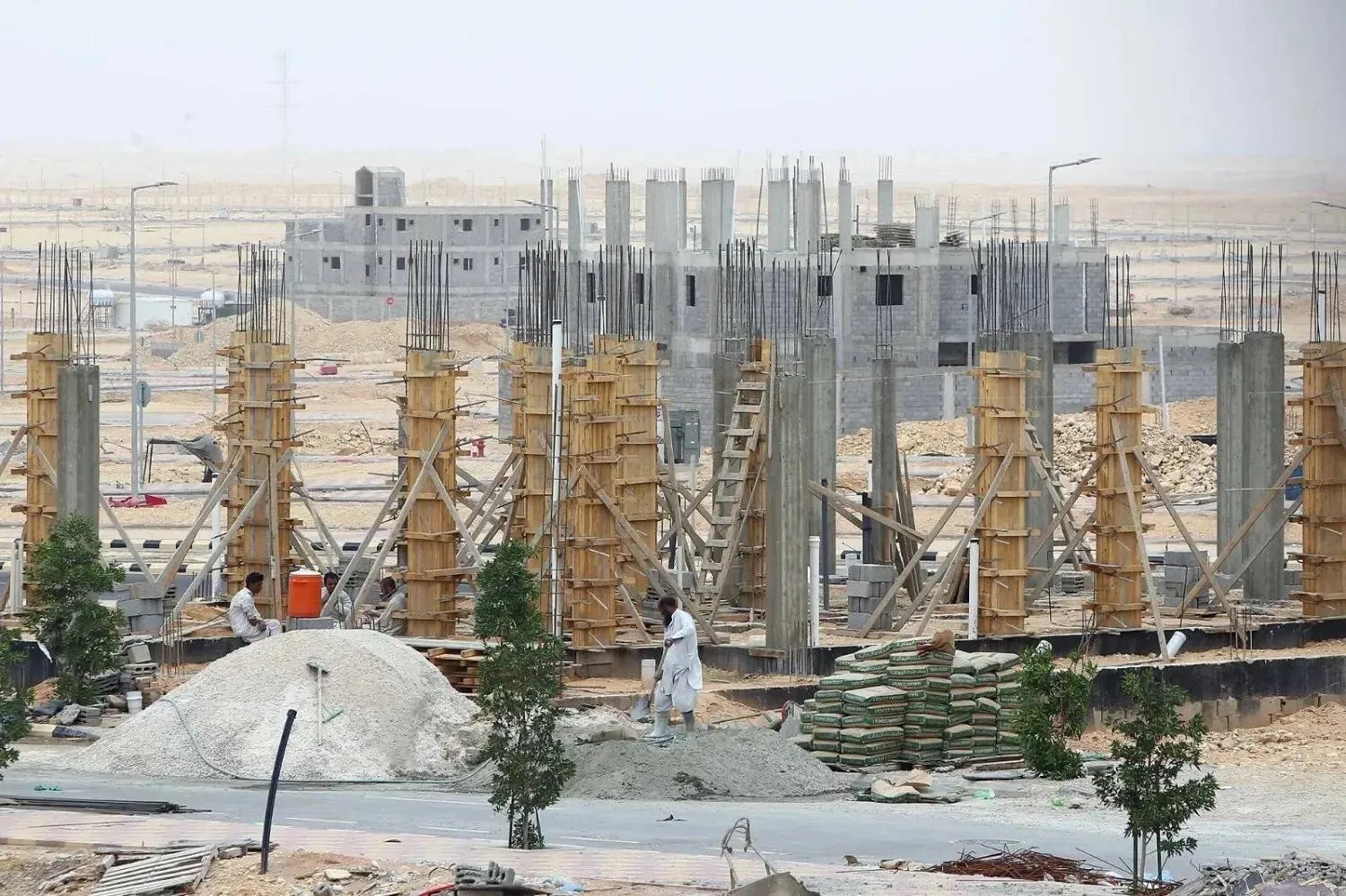Navid Hanif, Director of Financing for Sustainable Development Office at the United Nations, said that the Middle East and North Africa region would need to spend at least 8.2 percent of GDP to achieve infrastructure goals by 2030.
“With the population of the Middle East and North Africa expected to increase by more than 40 percent over the next few decades, and with increasing industrial demand, the region will need to invest more than $100 billion annually to maintain and build the infrastructure to serve the growing communities and cities,” Hanif told Asharq Al-Awsat.
A World Bank study estimated the investment required for a reliable, strong, secure and resilient infrastructure in the Arab region at up to $100 billion. Conflicts and wars have amplified this need, with the destruction of roads, buildings, and water, electricity and communication networks in a number of countries. Syria, for example, saw the loss of an estimated $117.7 billion in housing and infrastructure in 2017.
Hanif stressed that new investments need to focus on making the infrastructure more resilient. A large part of the Arab region is located in harsh climatic zones, he underlined, noting that the average spending on infrastructure over the past decade has reached just 3 percent of GDP, with financing coming mostly from the public sector.
According to the UN official, global warming is aggravating desertification, water stress, and the rising of sea levels. He added that rainfall has become unstable and climatic disasters, such as droughts and floods, more frequent; thus, endangering life and livelihoods.
This calls for strengthening national and local capacity in managing climate-resistant infrastructure assets, to support sustainable and equitable development, he emphasized.
Moreover, Hanif warned that increasing conflicts in the region were causing physical damage to vital infrastructure for basic services such as water, energy, health care and education.
He stressed that the Arab region faces a huge demand for new and upgraded infrastructure due to the increase in population growth, urbanization and rising inequality.
The UN official added that urban slums were a major challenge in many cities, pointing to poor infrastructure that further marginalizes entire urban and rural communities, which lack access to adequate water and sanitation services, and frequent power rationing.
According to Hanif, these conditions exacerbate the impact of poverty and negatively affect human health, as well as the availability and quality of health care services.
Moreover, poor transportation means and insecure access to energy or telecommunications networks impede entrepreneurship and livelihoods, and limit job opportunities and school enrollment in some areas, especially for girls and women.
The director of the UN Financing for Sustainable Development Office said that the launch of the Arabic version of the United Nations Handbook for Sustainable Development highlighted a wide range of challenges to asset management that fall into several categories, including scarcity of information and lack of clarity of roles, responsibilities and accountability at the government or interagency levels.
Lack of essential materials and equipment, such as storage facilities and technology, can impede asset management, Hanif underlined, pointing to uncertainty about the effects of climate change, public health emergencies and other systemic shocks that affect the design, construction, operation, maintenance, and therefore service delivery of physical assets.
The handbook provides local and national governments with a set of practical tools and includes guidance on how to adapt them to current social, economic and environmental challenges, including climate change and health emergencies, he remarked.









